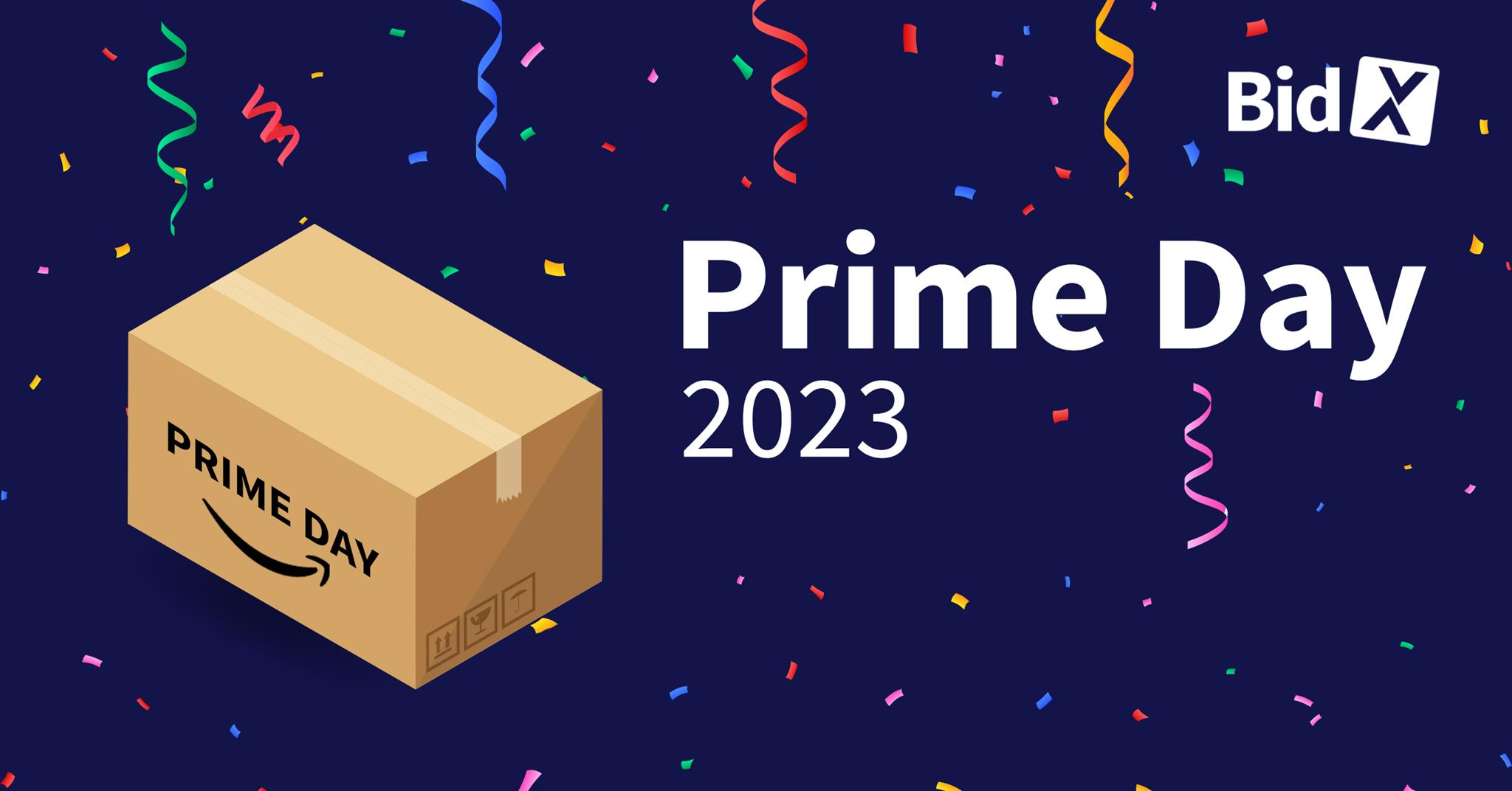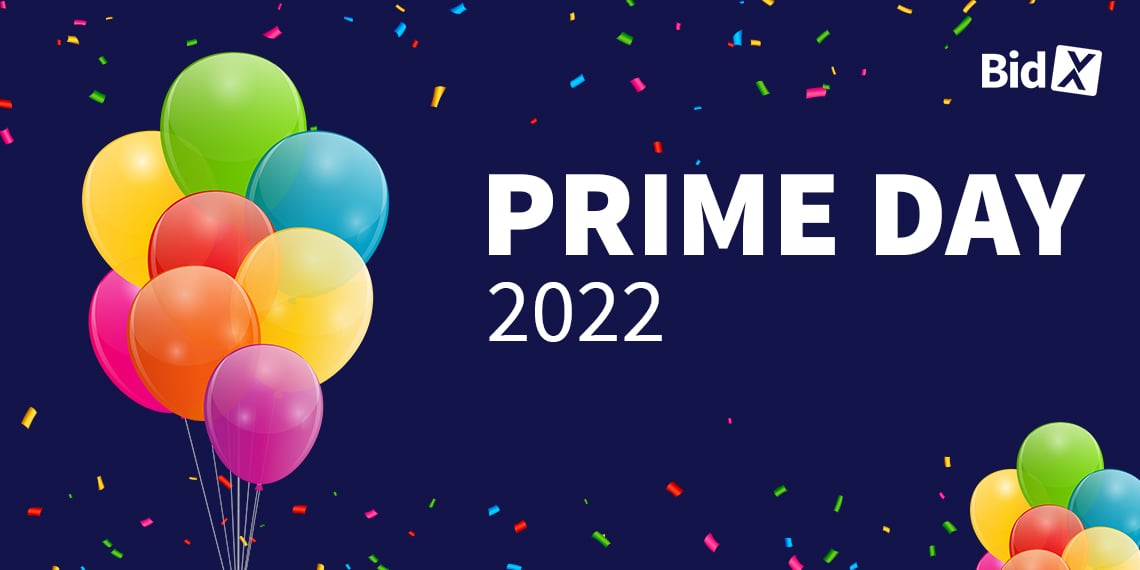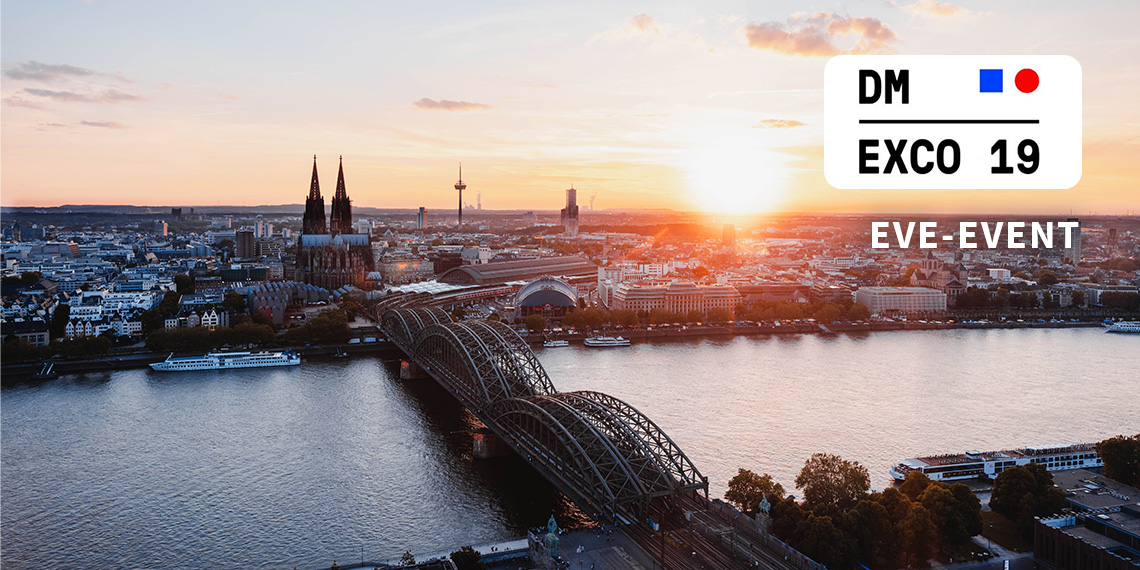Amazon Prime Day 2021: How to make the most out of the shopping event!
Prime Day is the most exciting shopping event of the year for Amazon retailers, along with Black Friday and Cyber Monday. The revenue generated by third-party sellers on Amazon alone in 2020 through Prime Days was around 3.5 billion US dollars - an increase of almost 60% compared to the previous year. This is no surprising, since attractive lightning deals increase the willingness to buy immensely. For sellers and vendors, it is therefore particularly worthwhile to invest time in preparing for this event and making the most of Prime Days. Read this article to find out what you need to bear in mind when preparing for Prime Day.
When will Prime Day 2021 take place?
Prime Day will be brought forward to June this year - but the exact date has not been announced yet. Prime members will have the opportunity to secure attractive offers and deals for 48 hours.
How can you as a merchant optimally prepare for Amazon Prime Day?
1. Optimize your product listings
Since your best-selling products will most likely also be the main sales drivers during Prime Day, it's most important to focus on those best-sellers first. Look at the titles, attributes, images, description and all other aspects on the product detail pages to make sure your products are presented in the best possible way. Take your time and make them as appealing as possible.
Tip: Don't forget to stock up your inventory so you don't lose potential sales. This may sound trivial, but in practice it happens quite frequently.
2. Lightning Deals
Lightning deals are promotions that appear on the Amazon Deals page for a limited time - usually for about four hours. Using lightning deals is expensive, but in most cases also leads to a significant increase of sales. Especially on Prime Day, when Amazon puts the spotlight on the eye-catching lightning deals themselves, they can be worthwhile.
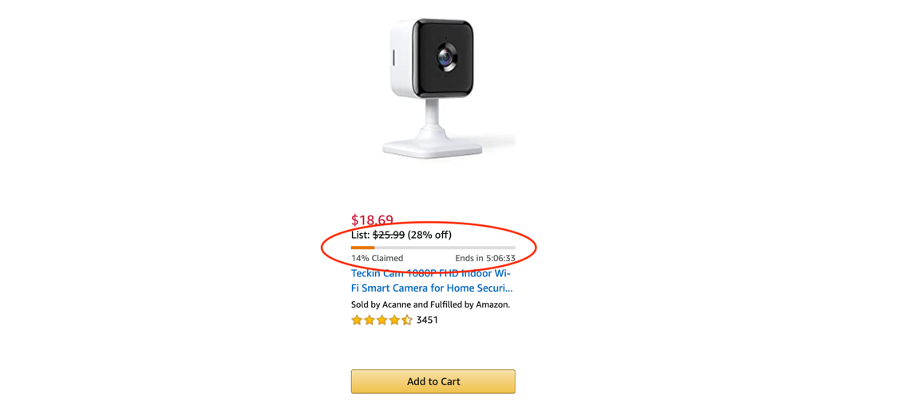
Note: Setting up a lightning deal does not guarantee that your promotion will be displayed. Amazon determines the best deals based on sales potential. They will then be displayed prominently on the Amazon Deals page.
As a seller, you must also meet the following requirements to use Lightning Deals:
- You must have a professional seller account
- You must receive at least 5 seller ratings per month
- Your overall rating is at least 3.5 stars
- Your product must qualify for lightning deals
You can check if your products are qualified for Lightning Deals by looking for recommendations in your Lightning Deals dashboard. Unfortunately, if you don't see any recommendations there, your products are not qualified.
As a vendor, you must meet the following requirements to use Lightning Deals:
- You need average customer ratings of at least 3 stars
- The offer must be active
- The product meets the expectation of demand (forecast)
- The price
- has at least 20% discount on the current Amazon price and
- is at least 5% lower than the lowest price in the last 30 days
3. Coupons
Coupons are a great way to attract a lot of attention among potential buyers. Since most shoppers are looking for good prices on Prime Day, it is helpful if you can tell at a glance that your product is discounted.
Coupons mark your products with an orange discount label, which you can define the amount of.

Coupons are displayed to shoppers in several places:
- on Amazon's coupon page
- on the search results pages
- on the product detail pages
- in the shopping cart
- in your brand store
- in your Sponsored Product Ads
Note: A coupon will become active two days after creation earliest. Therefore, think about adding coupons to your products well ahead of time.
4. Deal of the day
Like lightning deals, "Offer of the Day" promotions are displayed on the Amazon Deals page. However, they have a longer duration of 24 hours, unlike lightning deals, and are only available to vendors. Chances are good that Prime Day shoppers will choose an "Offer of the Day" because they are actively looking for great prices exclusively related to Prime Days.
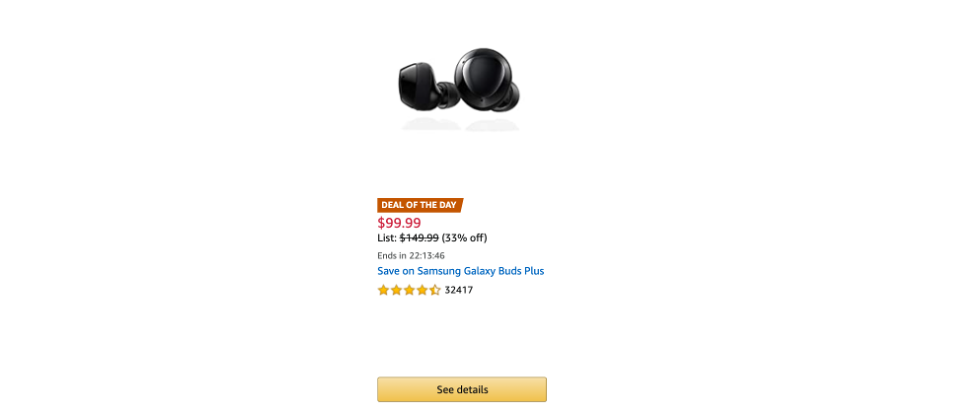
5. Sponsored Brands
Advertisers who use Sponsored Brands and Sponsored Product Ads in combination achieve up to 30% higher impression share in their product category. Sponsored Brands Ads can link to a landing page, your Brand Store, or a custom Amazon URL. We recommend that you redirect shoppers to your brand store. This will increase dwell time by up to 520% and increase the RoAS by up to 23% compared to a landing page.
Sponsored Product Ads draw additional attention to your products and your offers and should therefore also be used.
6. Adjust bids
In general, it can be said that higher PPC ad spend on Prime Days is definitely worth it. The higher costs are rewarded with more visibility and significantly more orders (+110.1% in 2020). Therefore, you should increase your bids and budgets for Prime Day in advance.
If you have already sold and advertised on Prime Day 2020, look at your advertising data from then and draw conclusions for this year. In the BidX tool, you can access all your historical data since you registered.
Even before Prime Day itself, you should be targeting customers who are looking for your products. Increase your sales with offers and appeal to shoppers who don't know your brand yet or haven't bought from you yet. On Prime Day, the number of "new-to-brand shoppers" may increase by a factor of nine. Afterwards, use remarketing formats such as Amazon DSP to further increase your conversions.
7. Optimize your campaigns
Optimizing your PPC campaigns means analyzing the performance of your keywords. The goal should be to transfer individual keywords that perform well or less well from Auto, Broad or Phrase campaigns as keywords in Exact campaigns.
The keywords that perform well should be assigned higher bids so that they receive more playout and thus increase the chance of more sales. The bids for poorly performing keywords should be lowered accordingly so that unprofitable playouts and thus advertising costs are reduced.
Tip: You can also share your Prime Day offers with potential customers on social media or in an email. However, don't be too pushy and aggressive in your distribution.
And after Prime Day?
It's remarkable that the number of sales on Prime Day is on average 1.6 times higher than on other regular sales days. Most of the sales also fall back to their origin after Prime Day.
That makes it difficult for sellers to maintain the buying spirit. One way to ensure the boost created by Prime Day is to run after Prime Day promotions with coupons on Amazon, but also to reactivate subscribers on social media with special offers. Thus, it is possible to activate users who missed Prime Day. Up to three weeks after the big "discount battle" it is still possible to generate additional sales.
How BidX helps you make the most of Prime Day
Two years ago, BidX developed a new feature called Boost that temporarily pushes your ads on Amazon. When activated, bids for keywords and ad groups, as well as budgets, are increased by a certain percentage. When deactivated, all original values are "restored". You can individually select the campaign and specify where you want to use the boost feature, you can also use a bulk file to edit the boost percentage for multiple campaigns and countries at the same time. This is a perfect competitive advantage for sales events like Prime Days or Black Friday, but can also be used for lightning deals or new product launches. To learn more about it, we recommend our Boost-Tutorial.

